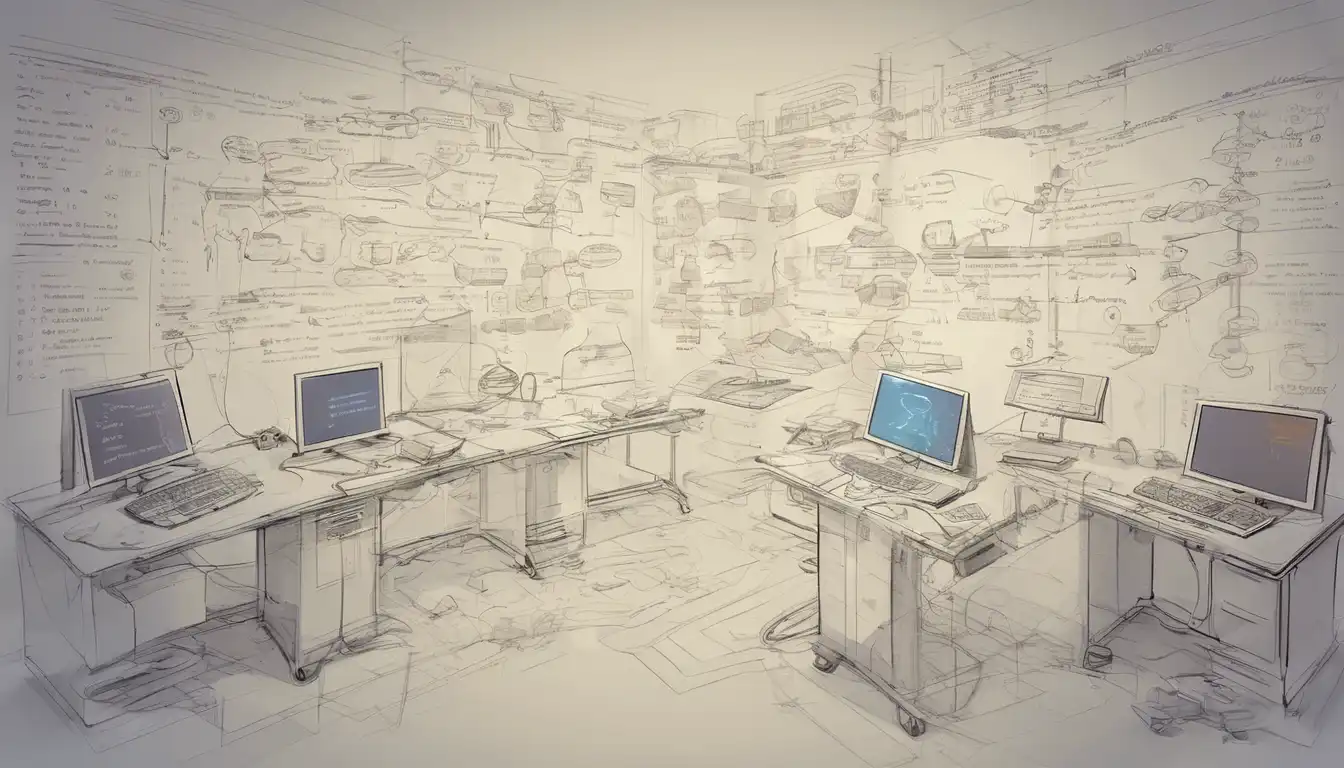Introduction to Software Engineering Principles
Embarking on a journey into software engineering can be both exciting and daunting for beginners. Understanding the foundational principles is crucial for building robust, efficient, and maintainable software. This guide aims to introduce you to the essential software engineering principles that every newcomer should know.
1. Keep It Simple, Stupid (KISS)
The KISS principle advocates for simplicity in design and implementation. Avoid unnecessary complexity to make your code more readable and easier to maintain. Remember, the simplest solution is often the best one.
2. Don't Repeat Yourself (DRY)
DRY is a software development principle aimed at reducing repetition of information. By abstracting common functionality into reusable components, you can minimize errors and improve maintainability.
3. You Aren't Gonna Need It (YAGNI)
YAGNI encourages developers to implement things only when they are actually needed, not when they are just anticipated. This principle helps in avoiding over-engineering and keeps the codebase lean.
4. SOLID Principles
The SOLID principles are a set of five design principles intended to make software designs more understandable, flexible, and maintainable. They include:
- Single Responsibility Principle (SRP)
- Open/Closed Principle (OCP)
- Liskov Substitution Principle (LSP)
- Interface Segregation Principle (ISP)
- Dependency Inversion Principle (DIP)
Understanding and applying these principles can significantly improve the quality of your software.
5. Version Control
Version control is an essential tool for software engineers. It allows multiple people to work on the same codebase without conflict, tracks changes, and enables you to revert to previous versions if something goes wrong. Learn more about version control basics.
6. Testing
Testing is a critical part of software engineering. Writing tests for your code ensures that it behaves as expected and helps catch bugs early. There are various types of testing, including unit testing, integration testing, and system testing.
7. Code Reviews
Code reviews are a practice where other developers review your code before it's merged into the main codebase. This process helps catch errors, improves code quality, and fosters knowledge sharing among team members.
8. Continuous Integration and Continuous Deployment (CI/CD)
CI/CD are practices that automate the software release process. Continuous Integration involves automatically testing code changes, while Continuous Deployment automates the release of those changes to production. These practices help in delivering software faster and more reliably.
Conclusion
Mastering these software engineering principles is a journey. Start by incorporating them into your projects one at a time. Over time, they will become second nature, helping you to write better, more efficient, and maintainable code. Remember, the goal is not just to write code that works but to write code that lasts.
For more insights into software development, check out our comprehensive guide to software development.
